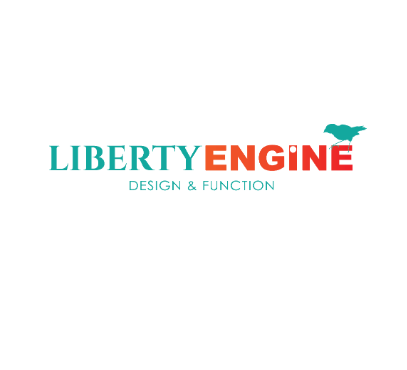What are Accelerated Mobile Pages and why are we so excited about them?
AMP is needed because the internet is too slow - or rather too many websites are too bloated and slow.
Every time you visit any website, on a computer, phone or tablet, you are likely to be downloading thousands of lines of code, and Megabtes of files, to your device just to be able to view the website.
The problem is that many websites make you download a lot of code that you don’t need to view that website.
Code to tell the browser what colour to make a button or how to animate some thing on a page you’re not looking at, photos that are bigger than you would ever be able to view on your phone, code for maps you didn't want to see. You may even be downloading code that is using your computing power to mine cryptocurrencies.
You probably won’t realise it when you’re looking at a website why it’s taking a long time to display but if you’re the owner of a website do you really want to be so rude as to make a visitor use up their time, data allowance and clog up their cache downloading MB’s of code that have no useful purpose?
Would you make someone listen to 5 minutes of white noise before you answer the phone or wait for 3 minutes before you allow them to step into your shop door?
You can use tools Google’s Page Speed Insights and https://tools.pingdom.com to see what you are making your visitors download.
The AMP project
The AMP project, with support from Google, has been developing AMP (Accelerated Mobile Page) that is written as more precise version of the HTML protocol that Tim Berners Lee invented.
It is a bit like the difference between painting in Watercolour and Oil paint.
With oil paint if you make a mistake or want to change something you just paint more layers on top until you end up with painting so heavy galleries are working out how to stop the paint slipping off 100 year old canvas’.
The layers of paint seen in Monet’s Haystacks are a rich, glowing visual feast that bring a glow of joy to the soul. Layers of conflicting code in a web page do not .
In watercolour the white comes from the paper under the paint so much greater care and precision is required for every brush stroke.
(Turner did add some gouache and scratched away at the paper to reveal the white again in this painting proving even a genius doesn't have to be too pedantic)

So what difference does this make?
There is evidence that visitors spend longer on AMP pages and they have a greater conversion rate. It is common sense that a faster loading page will keep visitors more engaged but it is always good to see that backed up with facts.
A soon to be published Forrester Consulting Total Economic Impact™ study (commissioned by Google) found that AMP leads to a 10% increase in website traffic with a 2x increase in time spent on page. For e-commerce websites using AMP, the study also found a 20% increase in sales conversions compared to non-AMP pages.
https://www.ampproject.org/latest/blog/amp-two-years-of-user-first-webpages/
So having AMP versions of your website, or having a completly AMP website, is likely to increase traffic and sales.
Our AMP story
We started adding AMP pages to our LibertyEngine (formerly AnnaPress) CMS at the end of 2015 but the protocol was very restrictive and so the user experience was as stripped down as the code so we only used it for text content.
The AMP project has now developed to the point where the user experience is as good or better than the standard HTML version so we are making all new websites in AMP first with a HTML fallback for older browsers.
Going to Amsterdam
In February we went to the second ever AMP conference in Amsterdam to hear from the creators of AMP and first hand experience with AMP from the developers at AirBnB, The Washington Post, Vox Media, Booking.com, Pinterest, Reddit and Doodle.
AMP first or Canonnical AMP websites
Since February we have been making AMP first or Canonnical AMP websites where the whole website is AMP.
https://www.stjshopping.co.uk/
https://selfcatering-in-scotland.co.uk/
https://www.salmon-fish-scotland.com/Guided-Salmon-Fishing.php
http://redstring.agency
https://www.bythebrae.com/
What our customers say

Liberty Engine have done a fantastic job of creating and maintaining our website. Not only does it look great, but the Search Engine Optimization is fantastic, meaning that we now have customers all over the UK. Anna and her team are creative and highly capable, always managing to come up with solutions to whatever requests we throw at them.
Diane Brown - Provender Brown Delicatessen |
